Exploring the world of cameras can be an exciting journey, especially when considering the dynamic duo of Canon DSLRs, that is, the Canon 80D and the 70D. These cameras are not just tools for capturing photos but also powerful devices for shooting high-quality videos.
If you’re curious about how these two models compare in terms of their video capabilities, you’re simply at the right place. In this comprehensive blog, let’s take you on a journey of comparing the video features of 80D vs 70D, thereby helping you understand what makes each camera unique and which one might be perfect for your video shooting needs.
Whether you’re a content creator, an amateur filmmaker, or simply someone intrigued by the world of cameras, this guide will shine a light on the differences between these two models by Canon in a way that’s easy to grasp.
Canon DSLRs: Champions in Video Creation
Before diving into the specifics of the Canon 80D and 70D, let’s introduce you a bit to the broader context of Canon’s evolution in the area of video capabilities.
This will help you understand why you should invest in a Canon camera first, whether the 80D or the 70D! Canon’s journey began with the introduction of video recording in DSLRs, which revolutionized the filmmaking industry by making high-quality video production accessible to a broader audience.
The Canon 70D was released in 2013, which was a significant milestone as it introduced Dual Pixel CMOS Autofocus technology. It marked a turning point for Canon’s video capabilities and set the stage for other subsequent models, including the 80D.
Canon 80D: Pushing Boundaries in Video Excellence
The Canon 80D was released in 2016 and was designed to be a successor that was created after the foundation laid by the iconic 70D. One of the standout features of the 80D is its enhanced image sensor and image processing capabilities.
Equipped with a 24.2 MP APS-C CMOS sensor, the 80D delivers improved image quality and higher resolution, translating to sharper and more detailed videos.
Let’s dive deep into the Canon 80D’s video processing features, which make this piece a unique one in itself:
1. Resolution and Image Quality
The Canon 80D supports Full HD(1080p) video recording at various frame rates, up to 60 frames per second (fps). This means it can capture smooth and detailed motion even in fast-paced scenes. Additionally, the camera offers manual control over exposure settings during video recording, thereby allowing filmmakers to have creative control over visuals.
2. Autofocus Performance
Building upon the success of the 70D’s Dual Pixel CMOS Autofocus, the 80D further refines this feature. The camera Dual Pixel Autofocus system enables precise and rapid autofocus tracking, making it well-suited for capturing moving objects and maintaining focus while recording. This feature is particularly helpful for vloggers and filmmakers who require seamless focus transitions.
3. Low-Light Performance
The 80D presents improved low-light performance compared to the 70D. The broader ISO range, combined with the advanced image processing capabilities, allows for cleaner and less noisy footage in challenging light conditions. This improvement is a boon for filmmakers while working in low-light conditions.
4. External Microphone Input
Recognizing the importance of audio quality in video production, the 80D comes equipped with a microphone input. This feature enables users to connect external microphones for superior audio capture, thereby reducing dependency on the camera’s built-in microphone, which may pick up unwanted background noise.
5. Articulating Touchscreen
The 80D features a touchscreen LCD that can be tilted and rotated, allowing filmmakers to achieve creative angles and perspectives. The touchscreen interface adds a layer of convenience, thereby allowing users to change settings and focus points and even initiate recording by tapping on the screen.
Canon 70D: Acing Video Excellence
Released three years prior to the 80D, the Canon 70D laid the groundwork for Canon’s video capabilities, introducing features that would become staples in subsequent models.
Let’s learn more about its video-capturing attributes:
1. Resolution and Image Quality
Like the 80D, the 70D offers Full HD video recording at various frame rates. However, its maximum frame rate is limited to 30 Frames Per Second (FPS). While this suits most video applications, the 80D’s higher frame rate gives it an added edge in capturing moving objects.
2. Autofocus Performance
The 70D’s Dual Pixel CMOS Autofocus was groundbreaking at the time of its release. It introduces a new level of autofocus accuracy and speed during live viewing and video recording. While it remains impressive, the subsequent improvements in the 80D’s autofocus technology result in a lot more refined and responsive.
3. Low-Light Performance
The 70D performs wonderfully in low-light conditions, but its ISO range is comparatively narrower than that of 80D. This means that 80D has an advantage in producing clear footage when shooting in dimly lit conditions.
4. External Microphone Input
Similar to the 80D, the 70D also features an external microphone input, allowing users to enhance audio quality by using dedicated microphones. This is particularly beneficial for interviews, documentaries, vlogs, and any scenario where high-quality audio is essential.
5. Touchscreen Display
The 70D boasts a vari-angle touchscreen LCD, a feature that was groundbreaking at the time of the camera’s release. This feature is similar to the 80D’s touchscreen display, thereby enabling versatile shooting angles and user-friendly menu navigation. This is certainly an added feature.
Final Thoughts
In the Canon 80D vs the 70D video capabilities comparison, it’s evident that both cameras offer remarkable features that cater to the needs of videographers and content creators.
However, the Canon 80D’s advancements make it a more attractive option for those seeking superior video quality and versatility.
The 80D’s autofocus system sets it apart by providing smoother and more accurate focus tracking, ensuring the subject remains sharp and well-defined.
It also has better noise reduction and image-maintaining quality in adverse shooting conditions.
While the 70D laid the foundation for HD photo and video-capturing cameras, the 80D is a more compelling choice!

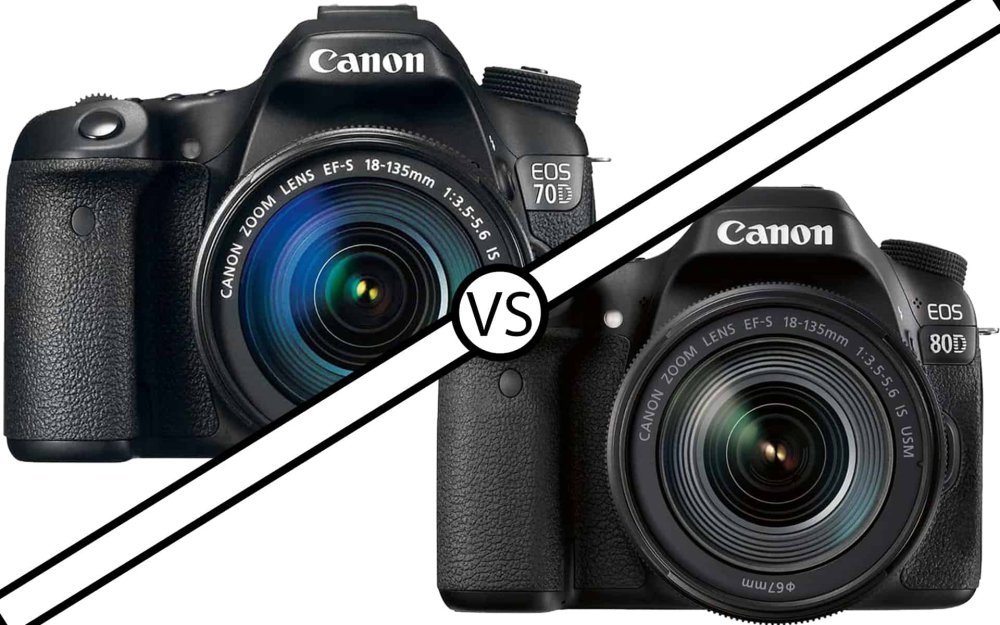
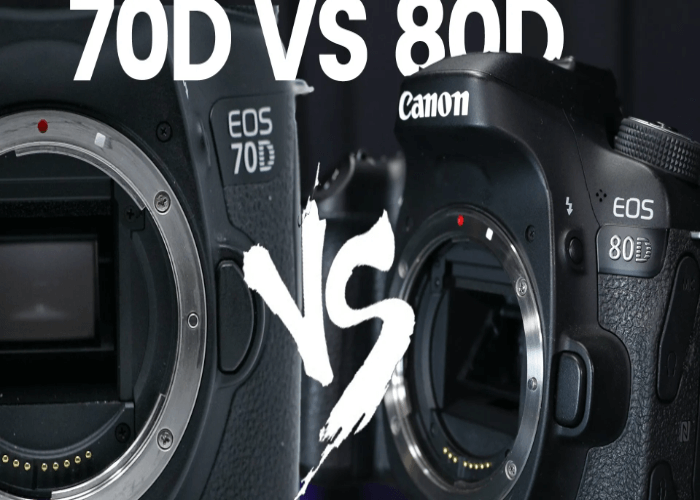
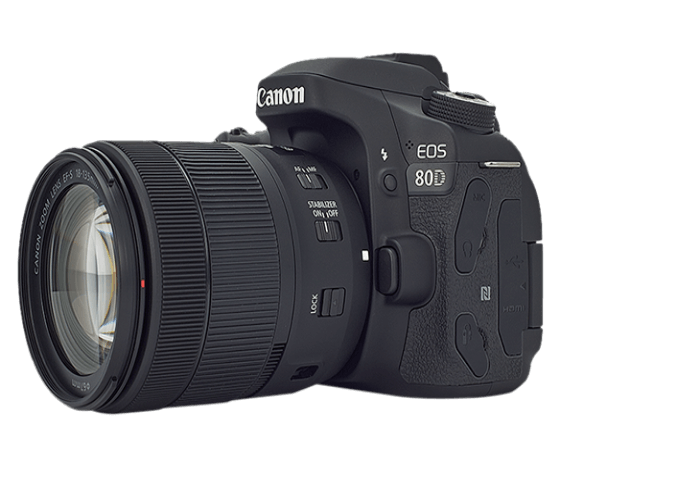
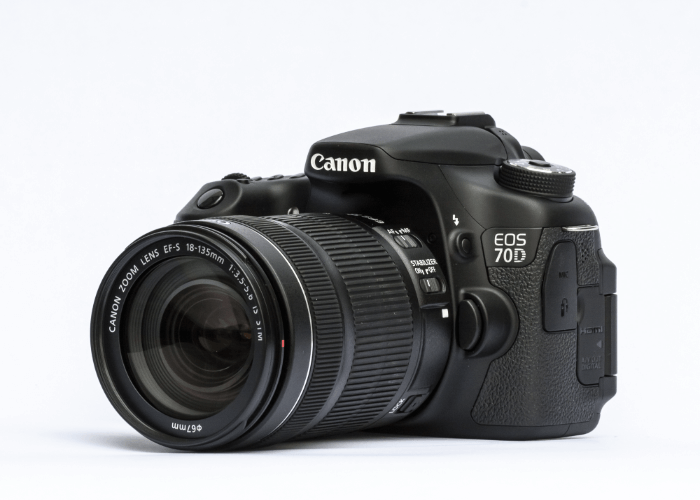
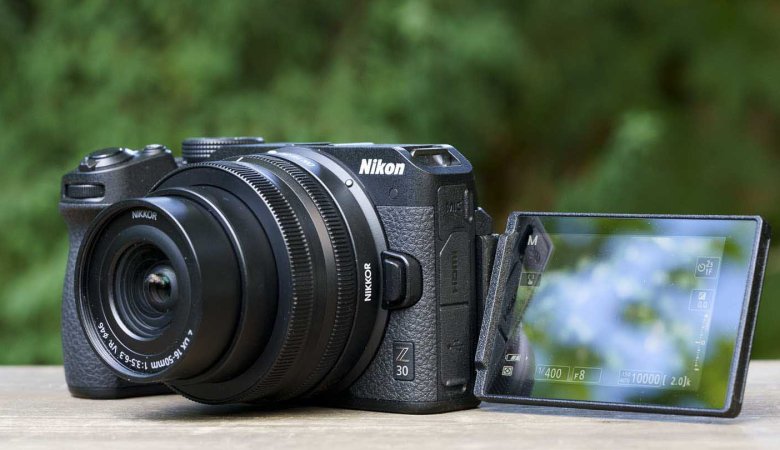
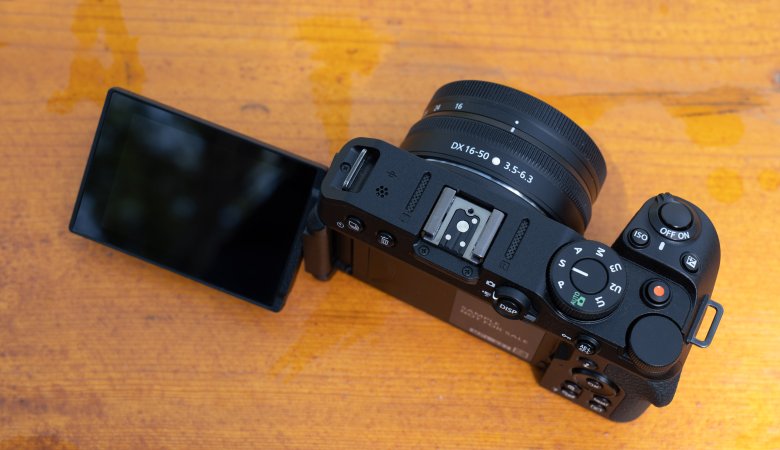
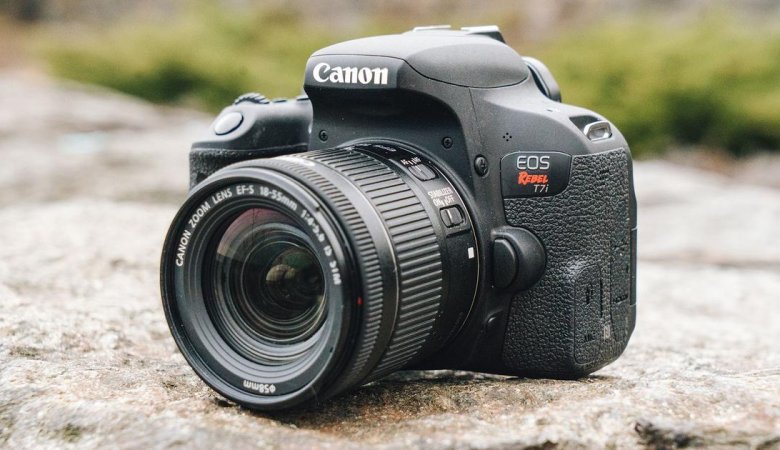

Leave a Reply